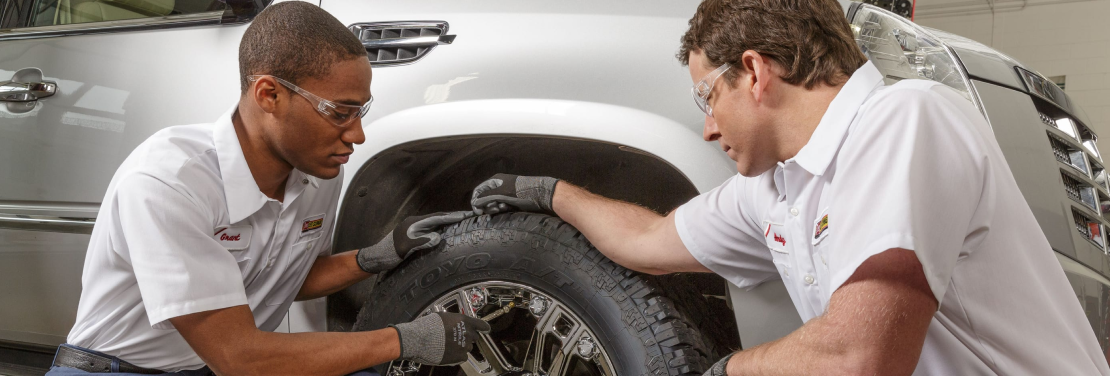Tire Solution: Understanding Tire Stress Tracking Systems
Recognizing Tire Stress Surveillance Equipments (TPMS) is a critical facet of preserving ideal car performance and security on the road. With developments in automobile technology, TPMS has become a conventional function in contemporary cars, providing real-time information on tire stress degrees.

Importance of TPMS
The importance of Tire Pressure Surveillance Equipments (TPMS) hinges on their capability to boost lorry safety and security and efficiency via real-time surveillance of tire stress degrees. Keeping the right tire pressure is important for making certain optimum handling, stopping, and general safety and security of an automobile. TPMS gives motorists with prompt comments on any type of overinflated or underinflated tires, enabling timely changes to be made.
Components of TPMS
Sensors are usually located in the tire valve stem or connected to the wheel setting up, where they determine tire pressure and transfer data to the control module. Some advanced TPMS models likewise present the real tire pressure readings for each tire, offering chauffeurs with real-time info to make certain ideal tire performance and safety and security. By keeping an eye on tire pressure continually, TPMS assists prevent crashes, decreases tire wear, and boosts gas effectiveness, making it a crucial part for automobile safety and security and performance. discount tires morris il.
Kinds Of TPMS

On the other hand, indirect TPMS depends on the automobile's wheel rate sensing units to monitor tire pressure. This system discovers underinflation by contrasting the rotational rates of the wheels. Indirect TPMS is less pricey than straight TPMS, as it utilizes existing sensors within the lorry.
While direct TPMS offers much more accurate readings, indirect TPMS is easier in layout and usually calls for much less maintenance. Both systems have their restrictions and benefits, and the option between them typically depends upon aspects such as expense, car make, and personal preference. Understanding the distinctions in between these 2 sorts of TPMS can help vehicle owners make educated choices pertaining to tire upkeep and security.
TPMS Maintenance Tips
Conduct regular checks on the tire stress degrees and contrast them with the TPMS analyses to guarantee they are regular. During tire rotation or replacement, make sure that the TPMS components are dealt with thoroughly to stop any type of possible damages. If the TPMS alerting light brightens on the control panel, attend to the problem without delay by examining the tire stress and the total system for any mistakes.
Advantages of Appropriate Tire Pressure
Maintaining proper tire pressure, as emphasized in TPMS Maintenance Tips, is vital for gaining the countless advantages connected with optimum tire stress degrees. Among the main benefits of preserving the appropriate description tire stress is enhanced fuel efficiency. When tires are effectively blown up, there is much less rolling resistance, leading to far better gas economic climate. Additionally, proper tire stress makes sure even tire wear, prolonging the life expectancy of the tires and promoting more secure driving conditions. With the right tire stress, automobiles additionally have much better handling and traction, especially in damaging weather. This can boost general driving performance and safety and security for the vehicle driver and travelers. Maintaining ideal tire pressure can contribute to a smoother and extra comfortable ride by minimizing vibrations and sound caused by underinflated tires. To conclude, the benefits of appropriate tire pressure go past just tire durability; they encompass boosted fuel effectiveness, improved safety and security, much better car efficiency, and overall driving convenience.
Verdict
In conclusion, comprehending tire stress monitoring systems (TPMS) is essential for preserving optimum tire pressure and making certain automobile safety. By identifying the significance of TPMS, being familiar with its elements, knowing the various kinds available, sticking to correct upkeep suggestions, and recognizing the advantages of preserving proper tire pressure, motorists can boost their driving experience and prolong the lifespan of their tires. Proper tire stress is vital to reliable and risk-free car operation.
